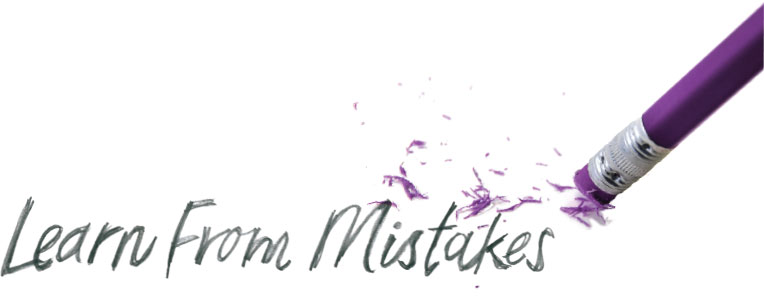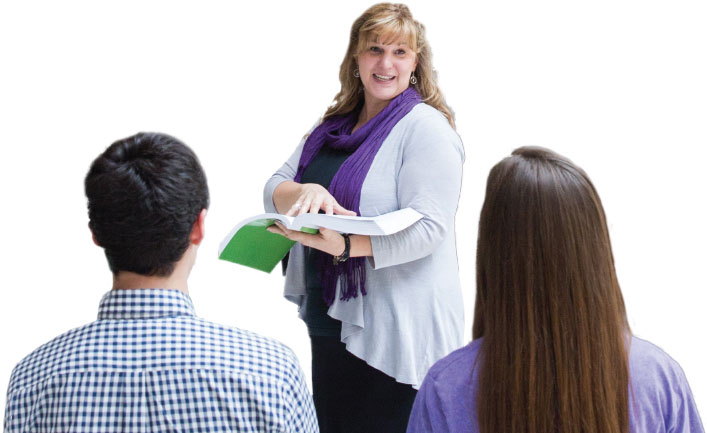Learn From Mistakes
Imagine hearing your second-grade teacher tell your parents, “If you’re going to steer your child in a particular direction academically, that direction should not be math.” One single statement could cause some students to develop math anxiety or give up on the subject altogether. Sheryl Rushton, however, used it to become better at math. Today, she teaches future teachers and new teachers how to encourage students to ...

Amy Hendricks MARKETING & COMMUNICATIONS
Rushton, an assistant professor of teacher education at WSU, hands a stack of papers-real math work by elementary school students - to groups of students in her Content Instruction in Elementary School Mathematics course. “Tonight, I’d like you to analyze the errors,” she tasks them.
Error analysis helps teachers determine if errors are simple miscalculations or signs of a deeper misunderstanding.
In recent years, error analysis has also become a tool for students to use, to find and correct errors that have been inserted into problems, and to locate errors in their own work.
Rushton has studied student-conducted error analysis for several years. In 2018, she published her first solo research on the subject in the Fields Mathematics Education Journal.
Rushton conducted her research in two seventh-grade mathematics classes. One class was the control group, one was the treatment group. The same teacher taught both classes using the same instructional strategy; however, she gave the control group regular homework and the treatment group homework that included problems with errors.
For example: 54/9=-9d/9 6=d

Their job was to find the error, explain the error, then explain how to correct it.
It’s that pesky negative. When solving for d, you must divide by -9 (dividing -9 by -9 equals
1 — dividing a negative by a negative equals a positive). That leaves d. And, what you do to one side, you must do to the other. 54 divided by -9 equals
-6 (a positive divided by a negative equals a negative). Therefore, the answer is -6, not 6.
The teacher also graded the quizzes differently. She graded the control group’s quizzes the standard way, marking incorrect answers and giving students a score. The treatment group, however, did not receive traditional scores. The teacher, instead, highlighted their errors and gave students opportunities to explain and then justify the correct solutions.
Initially, the traditional method and the error analysis method both proved to be successful on the immediate post-test.
Interestingly, the delayed post-test, given six weeks later, showed that “the retention of knowledge was significantly higher for the group that learned through error analysis.”
“Providing errors for students to find allowed for discussion and varied solution strategies,” Rushton says. “Teachers who engage students in these types of exercises help promote reasoning and problem solving. That leads to better retention of knowledge.”
Rushton relays her research to her WSU students, who appreciate the real-life examples. They can’t help but enjoy her eye-opening, problem-solving lessons; after all, her enthusiasm for math is contagious.
They chuckle when she ends her classes with a joyful, “Don’t you just love math?” and “Isn’t math fun?”
Thanks to her, they do, and it is.
You can support excellent teaching, like the kind Sheryl Rushton provides her students, through Weber State University’s new President’s Outstanding Teaching Endowment.
Created with a $1 million gift commitment from Ogden philanthropists Bob and Marcia Harris,the fund promotes teaching excellence by:
- Recognizing outstanding teachers with cash awards;
- Providing teaching innovation grants; and
- Increasing public awareness of WSU’s commitment
to its learning-centered environment.
To contribute, contact WSU’s Development Office at 801-626-6180.
